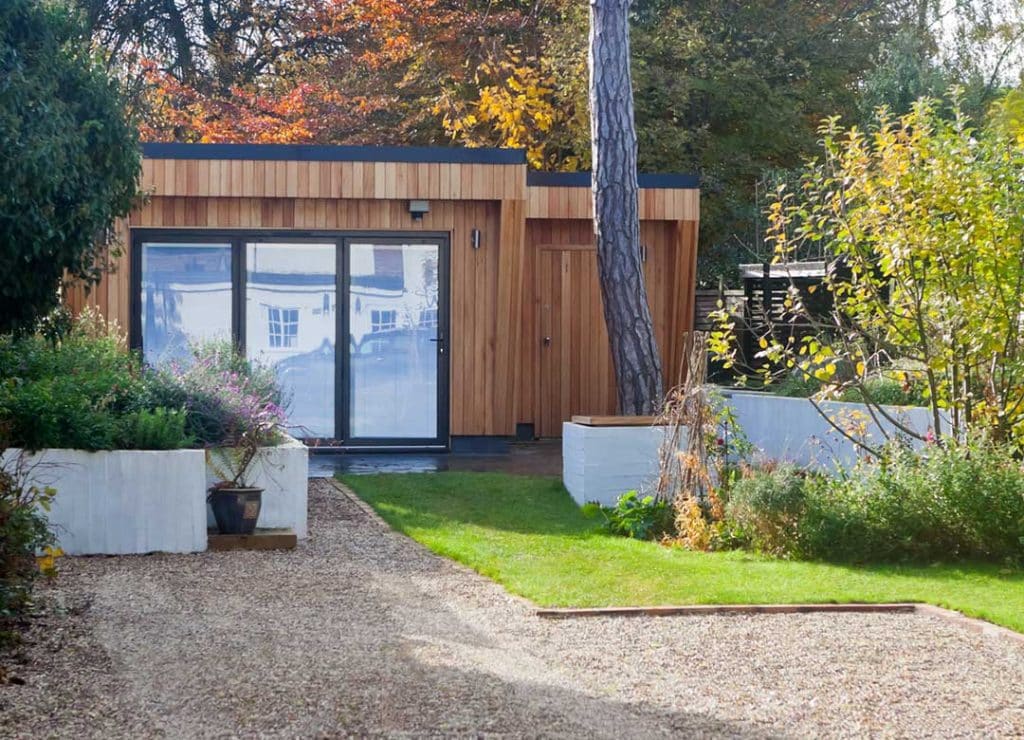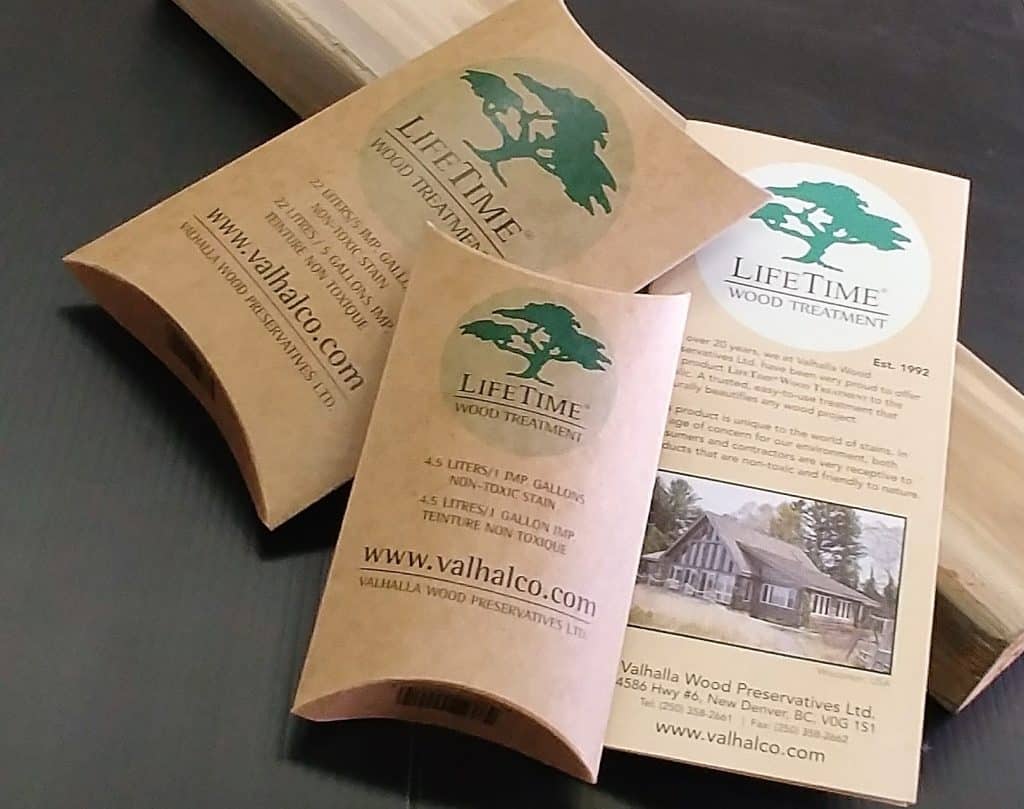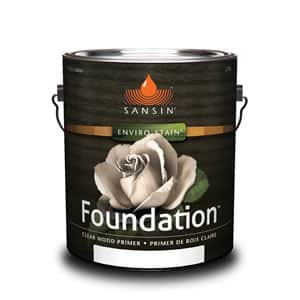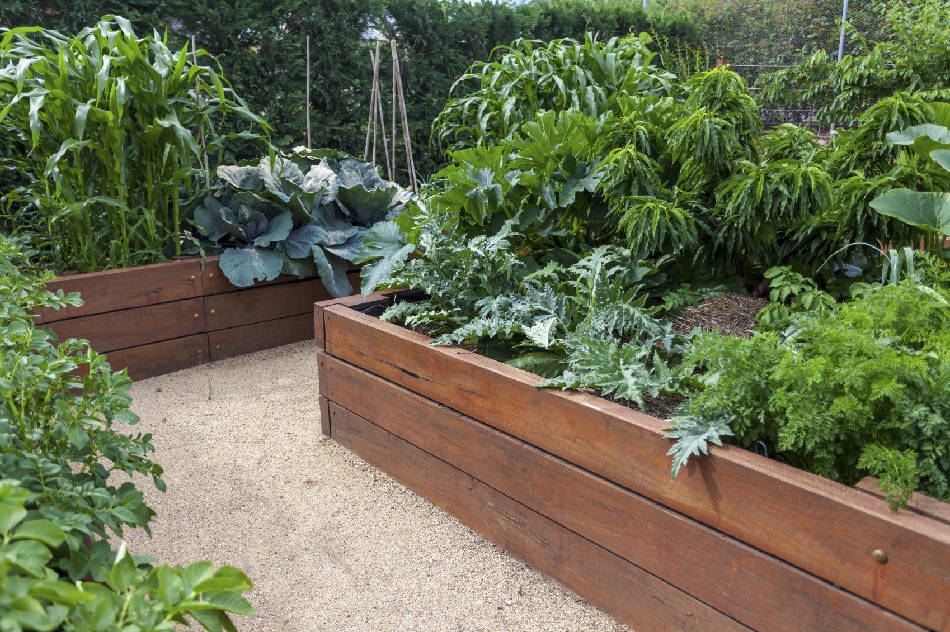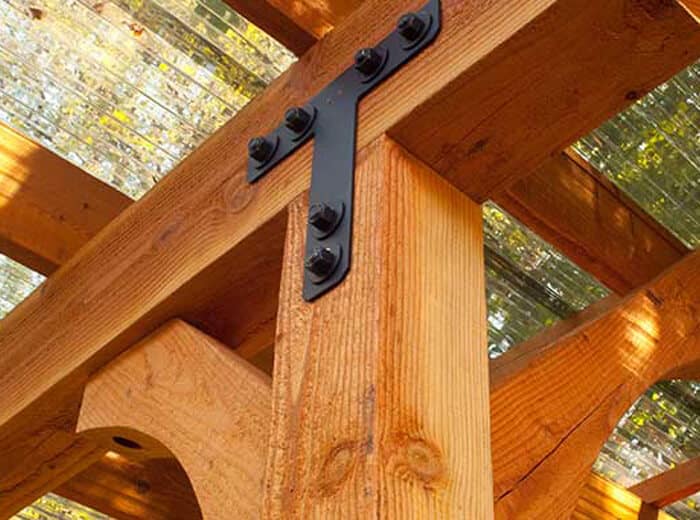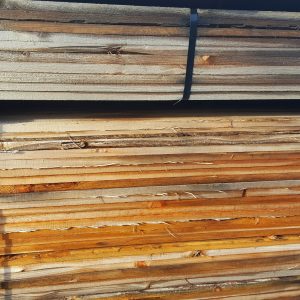 There are two main culprits behind the reason different types of wood can become discoloured: water and sun. In this blog post we will describe this process with cedar, and how to prevent it. Wood cells on the outer layer of the plank are filled with natural oils, which give cedar the nice scent and colour. Water begins to erode this layer of cells, and when UV rays from the sun hit these water-saturated cells, they dry out the natural oils in the wood, leaving dead cells. Wood rot occurs when water once again hits these dead cells. The combination of water and UV exposure causes the cedar to lose it’s scent and colour, turning it into a dull grey.
There are two main culprits behind the reason different types of wood can become discoloured: water and sun. In this blog post we will describe this process with cedar, and how to prevent it. Wood cells on the outer layer of the plank are filled with natural oils, which give cedar the nice scent and colour. Water begins to erode this layer of cells, and when UV rays from the sun hit these water-saturated cells, they dry out the natural oils in the wood, leaving dead cells. Wood rot occurs when water once again hits these dead cells. The combination of water and UV exposure causes the cedar to lose it’s scent and colour, turning it into a dull grey.
The wood rot on the cedar creates an ideal breeding ground for mold and mildew, which is both unattractive and detrimental. Luckily, by following the guidelines of correct pressure-washing for your cedar product, and then applying a wood brightener, the damage can often be repaired.
It is crucial to apply a stain to your wood after the drying process has occurred, preferably within two weeks. As long as you follow the correct steps, staining a cedar product prevents UV ray and water damage from occurring. If you are the type of person who likes a natural wood colour, or even the grey colour, there are many different stains on the market that accurately imitate these colours, while protecting the cedar and preventing wood rot from occurring. If stain is applied as often as directed, the product will maintain its high quality for a long time.


